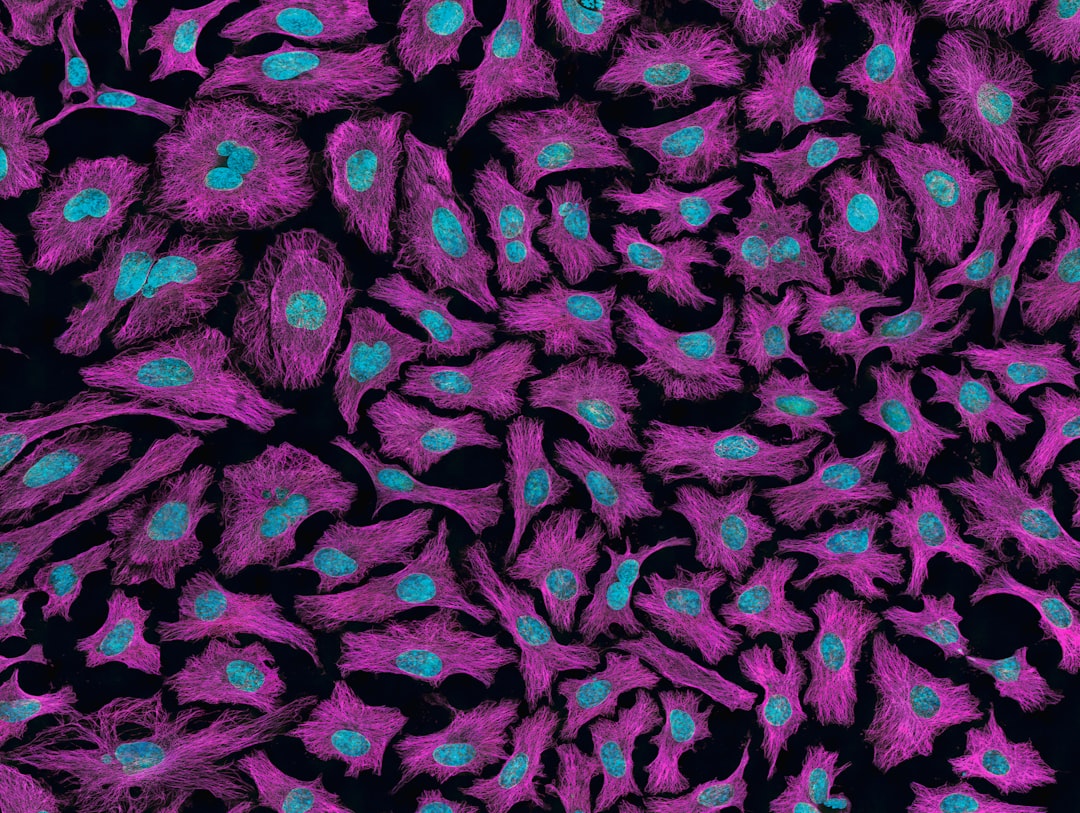What is it about?
The COVID-19 pandemic has had a profound effect on healthcare globally. SARS-CoV-2 (the virus that causes the disease) spreads very fast and can have several adverse effects on patients. Thus, treatments for COVID-19 are the need of the hour. But as the virus is new to science, treatments for the disease are still at their infancy. One way to come up with new COVID-19 therapies is by repurposing existing drugs. For example, COVID-19 triggers abnormal immune responses, which are also seen in cancer. These include heightened inflammatory reactions, bursts of a class of immune molecules called cytokines (“cytokine storm”), and abnormal growth of blood vessels. This makes one wonder: can anticancer drugs that target these conditions help treat COVID-19? To find out more, a review by researchers from France and the USA discussed the subsequent pros and cons of using anticancer drugs to treat advanced symptoms of COVID-19. They assessed prominent anticancer treatments and their mechanisms of action and suggested the suitability of repurposing them to treat the disease.
Featured Image

Photo by CDC on Unsplash
Why is it important?
Anticancer therapies, like those inhibiting signaling molecules to target anti-inflammatory pathways (e.g., the JAK/STAT pathway), curbing cytokine storms, and checking abnormal blood vessel growth, are potent antiviral treatments as well. It is possible that these therapies can help treat COVID-19 infection. Since the virus causes a high death rate and spreads quickly, repurposing anticancer drugs and using them to treat the disease should be further explored. KEY TAKEAWAY: Anticancer therapies may help treat COVID-19 infections. Further studies with better patient selection and adequate biomarkers are needed to establish anticancer drugs as potent COVID-19 treatments.
Read the Original
This page is a summary of: Repurposing of Anticancer Drugs Expands Possibilities for Antiviral and Anti-Inflammatory Discovery in COVID-19, Cancer Discovery, April 2021, American Association for Cancer Research (AACR),
DOI: 10.1158/2159-8290.cd-21-0144.
You can read the full text:
Contributors
Be the first to contribute to this page










